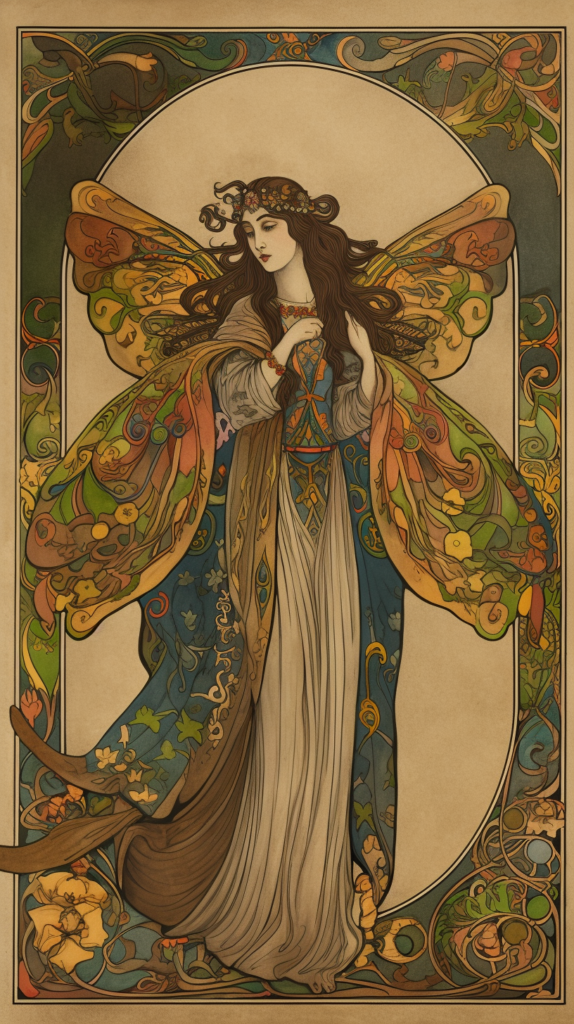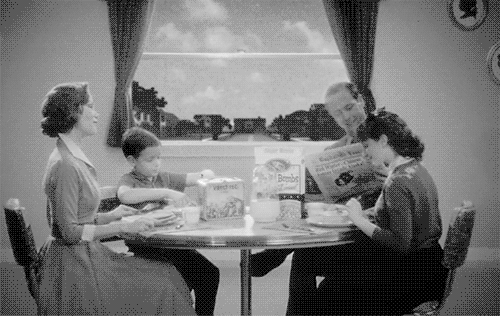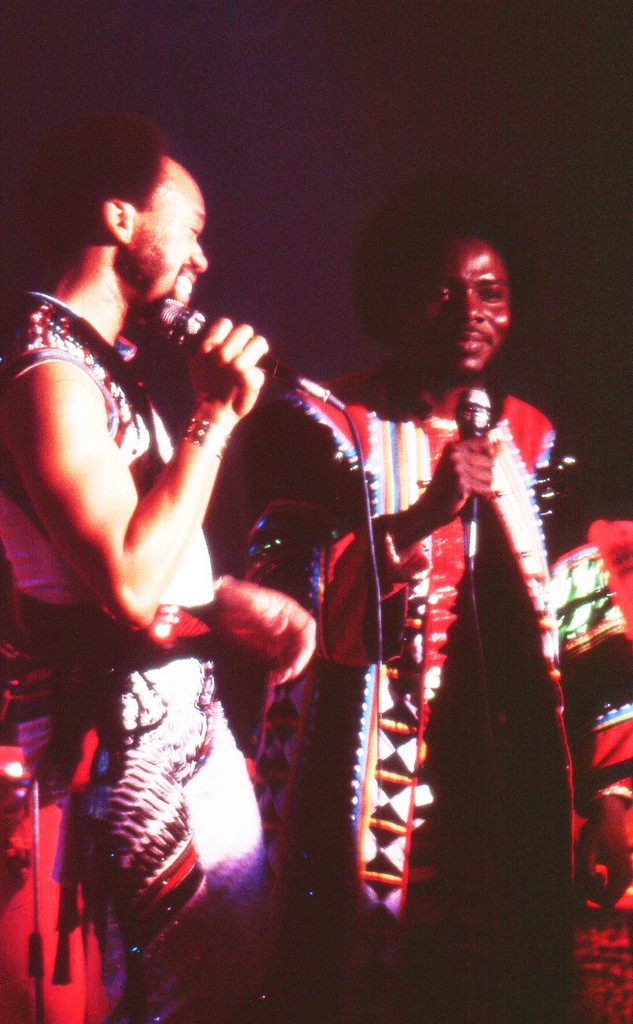The cover for EVER VIGILANT is one of our favorites. John Howard Sanden’s portrait of Dr. J. Phillip ‘Jack’ London sets it apart and makes it distinct. We’re proud to have provided publishing services for this book.
About EVER VIGILANT
“Fresh out of the US Navy as a naval aviator, Jack London joins a small IT firm as one of 35 employees. In short order, he is CEO and spends 50 years growing one of America’s most dynamic, innovative, and successful Fortune 500 companies. EVER VIGILANT is quintessential London, written in the clear, direct, often blunt, always honest way that he spoke. This memoir, not surprisingly, is so much more than a life well led but a prescription on how to live a good life! Jack’s journey is the story of adventure, daring, extraordinary moral courage, love of country, family, and faith, an everyday example of character-driven leadership.” —General Jack Keane, USA (Ret.), National Security Analyst, Chairman, Institute for the Study of War
“This superlative book is a compelling narrative about winning and achieving. In reading this book you will see how Jack London, a patriot and former military officer, became a legend in the United States government contracting industry. Through his unique vision and leadership, he steadily grew CACI International over fifty years into a multinational information technology company to support some of America’s most important and critical work. As his friend and fellow Naval Academy alumnus, we shared many similar ideas about leading and growing organizations, from surrounding ourselves with the best people to knowing when to take risks to win big.” —Roger Staubach, Hall of Fame Dallas Cowboys quarterback, U.S. Naval Academy ‘65
“In this book, Dr. London describes his journey as an entrepreneurial leader, as he built CACI from a modest start into a Fortune 500 company. This book is essential for those who want to think big and achieve big accomplishments in their lives. Dr. London shows how vision, persistence, and determination lead to success. His inspirational leadership is why I joined the CACI Board of Directors. As a director, I watched Dr. London shape the future of CACI in a highly competitive industry, all the while building wealth for shareholders. Above all, Jack London was a patriotic American, who shows in this book how American business initiative and leadership are good for America. This book is a must-read for aspiring leaders and builders.” —Ambassador James S. Gilmore III, Organization for Security and Cooperation in Europe (OSCE) (2019 – 2021)
“I just finished reading the draft of Jack’s memoirs, and I enjoyed it so much that I wanted to reread it. I believe it will be an inspiration to anyone who aspires to success in the business world, the military, or in their life pursuits. The transitions from pure biographical events to lessons learned in building a business make the book quite readable and educational. Jack has blended together a biography, a history of CACI, a philosophy, and a love story that reads like a novel. I think this book will be of terrific value to its readers and perhaps even spawn another Jack London in the future.” — Admiral Robert H. Shumaker, USN (Ret.) Former Vietnam Prisoner of War
How do successful entrepreneurial leaders become legendary? Many characteristics lead to a legacy of exemplary leadership and enduring success. Entrepreneurial spirit, good character, risk-taking, commitment, initiative, confidence, independence, vision, determination, persistence, and endurance proved to be the winning combination for Dr. J. Phillip (Jack) London. These attributes are interwoven throughout his lifetime as narrated in this memoir that reveals his transformation from a kid living in rural Oklahoma to a midshipman at the US Naval Academy, as a Navy Aviator, followed by President and CEO of a government contracting company and culminating in his role as Executive Chairman and Chairman of the Board of CACI International, a Fortune 500 company employing over 23,000 people in 155 offices worldwide.
As a successful defense industry executive and expert on business ethics for almost 50 years, London tells us how he became a pioneer in the federal contracting industry and developed and built a successful business that continuously excelled and stayed strong for five decades through changes in the federal landscape. We see how his unique vision and strong leadership shaped CACI into a multinational information technology company to support some of the most important and critical national security priorities in America. Drawing upon his military experience, he set a high bar for business leaders across the industry in establishing the standard for leading with integrity.
Based on London’s personal, military, and corporate experiences and many real-life examples, this book presents time-tested lessons that are both relatable and impactful in defining an enduring legacy through exceptional leadership.
About the Author
Dr. J. Phillip ‘Jack’ London was Executive Chairman and Chairman of the Board of CACI International Inc (NYSE), a $5.7 billion technology solutions and services company with twenty-three thousand employees in 155 offices worldwide. During his twenty-three years as chief executive officer from 1984 to 2007, Dr. London built CACI into a leading information technology and network communications services company. His vision guided the company strategically, culturally, and ideologically for almost fifty years. Dr. London, who joined the company in 1972, was one of the pioneers of the government IT industry and also became known as the founder of the modern-era CACI.
He was a driving force in growing the company, largely through the highly successful M&A program he founded in 1992 which executed eighty acquisitions, expanding the company’s capabilities and adding customers across all of its markets, including Homeland Security, Intelligence, and National Defense. He was known as a visionary entrepreneur, a role model, a mentor, a patriot, and a thought leader. In recognition of his national reputation as an authority on organizational ethics, the Ethisphere Institute named him one of the Most Influential People in Business Ethics in 2014.
Dr. London was a graduate of the US Naval Academy and held a master’s degree in operations research from the US Naval Postgraduate School and a doctorate in business administration from George Washington University. He retired as a US Navy captain after serving twelve years as a US naval officer and aviator and another twelve years with the Navy Reserve. Dr. London received numerous industry awards and recognitions and was active in industry and community affairs. In 2019 he received the Distinguished Graduate Award from the US Naval Academy. Dr. London was the author of Our Good Name: A Company’s Fight to Defend Its Honor and Get the Truth Told about Abu Ghraib (2008); Character: The Ultimate Success Factor (2013); and Profiles in Character: Sixteen Americans and the Traits That Defined Them (2022).
CO-AUTHORS
Dr. Jennifer London holds a PhD in psychology from The Ohio State University and completed postdoctoral education in marketing from the University of Pittsburgh School of Business. As President of her own consulting firm, she has advised clients on strategic planning, business development, executive hiring, development, and outplacement, as well as marketing and community relations. Her work has included evaluating and developing potential customers nationwide for the development of new and expanded markets for companies ranging from private businesses to Fortune 100 corporations. Dr. London has also conducted mergers and acquisition search work for private clients and corporations.
As a consultant to CACI, she supported the company’s strategic mergers and acquisitions program, which resulted in the acquisitions by CACI of six companies totaling over $200 million in annual revenues. Dr. London’s analytic input, behavioral insights, and recommendations on corporate messaging were fundamental to CACI’s approach to the Abu Ghraib crisis. She was a member of the crisis management team and helped craft the conceptual framework for the highly effective hyper-crisis management strategy employed by CACI. Dr. London was also Strategic Advisor to the Executive Chairman and Chairman of the Board of CACI, Dr. J. Phillip London.
She maintains leadership roles in a number of boards and organizations and is the founder of the National American History and Founders Month Initiative. Dr. London has numerous professional publications to her credit, and was a co-author with Dr. J. Phillip London on his books Character: The Ultimate Success Factor (2013) and Profiles in Character: Sixteen Americans and the Traits That Defined Them (2022). She was also a contributor to Dr J. Phillip London’s book Our Good Name: A Company’s Fight to Defend Its Honor and Get the Truth Told about Abu Ghraib (2008).
Z. Selin Hur received an MBA degree from the Katz Graduate School of Business and a Master of Public and International Affairs degree from the Graduate School of Public and International Affairs at the University of Pittsburgh. Ms. Hur worked with Dr. J. Phillip London as a Strategic Programs Principal at CACI International Inc. from 2004 to 2021. She supported Dr. London’s thought leadership in national security and information technology, as well as the company’s strategic growth initiatives. Ms. Hur also added to CACI’s leadership development and corporate culture programs by contributing to articles and speeches on defense, technology, and organizational development. She was also a member of CACI’s crisis management team engaged in the role of addressing and correcting media misinformation about the company during the Abu Ghraib crisis. Prior to joining CACI, Ms. Hur was a management consultant providing advisory services in strategic planning, communications, and business development to consulting and information technology firms worldwide. Her career has included work as an information technology project manager for government and financial sector clients at EDS. Ms. Hur also worked in the World Bank’s Private Sector Development group, where she developed corporate governance best practices and public policy assessments for private sector-led growth in developing countries. Ms. Hur was a contributor to Dr. J. Phillip London’s book Our Good Name; A Company’s Fight to Defend Its Honor and Get the Truth Told about Abu Ghraib (2008) and a co-author of Character: The Ultimate Success Factor (2013).
![HARKEN ‘Lost Art’ Amsterdam [Story Development] HARKEN ‘Lost Art’ Amsterdam [Story Development]](https://adducentcreative.com/wp-content/uploads/HARKEN-LOST-ART-01-2-768x768.jpg)























![A Time When It Was Fast [Fiction] A Time When It Was Fast [Fiction]](https://adducentcreative.com/wp-content/uploads/A-Time-When-It-Was-Fast-A-Flashfiction-Scene-from-Dennis-Lowery-1-768x768.jpg)


![She’s Mighty Mighty [A Vignette] She’s Mighty Mighty [A Vignette]](https://adducentcreative.com/wp-content/uploads/She-Was-Mighty-Mighty-2023-Creative-Nonfiction-Vignette-from-Dennis-Lowery-2-768x1152.jpg)
![Big Granny’s Wishbook [Creative Nonfiction] Big Granny’s Wishbook [Creative Nonfiction]](https://adducentcreative.com/wp-content/uploads/Big-Grannys-WISHBOOK-Creative-Nonfiction-from-Dennis-Lowery-768x1226.jpg)
![HALF [Fiction] HALF [Fiction]](https://adducentcreative.com/wp-content/uploads/HALF-A-Flashfiction-Story-by-Dennis-Lowery-768x1226.jpg)
![Honey, Get That Book [Fiction] Honey, Get That Book [Fiction]](https://adducentcreative.com/wp-content/uploads/HONEY-Get-That-Book-Flashfiction-by-Dennis-Lowery-768x1226.jpg)




